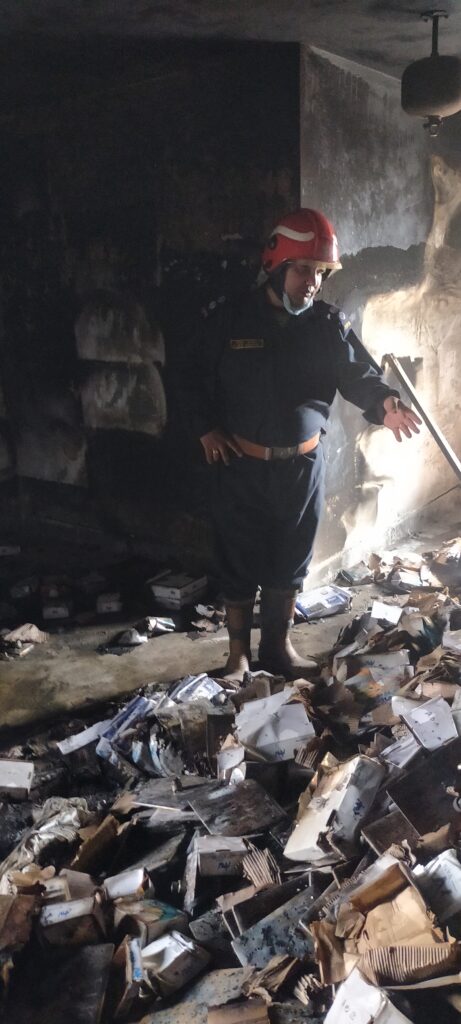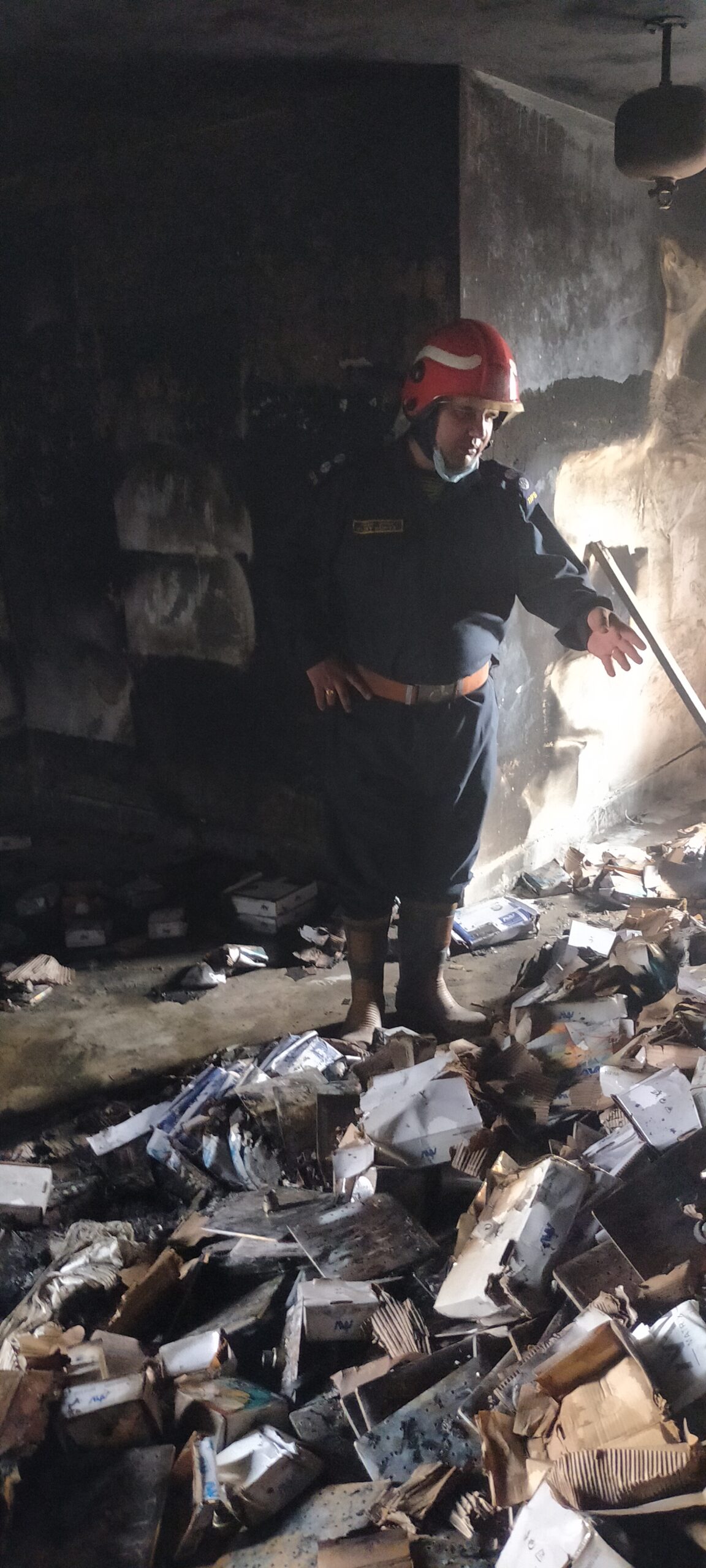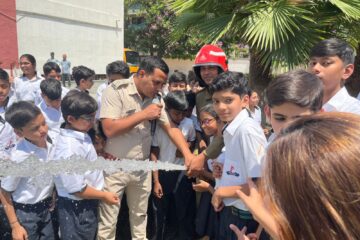Firefighting Problems:
1. Introduction
Firefighting is a noble and challenging profession that requires individuals to face dangerous situations and save lives. However, the line of duty is not without its share of problems and obstacles. In this blog post, we will explore the various firefighting problems encountered by firefighters and delve into potential solutions and innovations to overcome them.

2. Importance of Preparedness
To effectively address firefighting problems, it is crucial for fire departments and personnel to prioritize preparedness. This involves several key aspects that ensure firefighters are equipped with the necessary skills, knowledge, and resources to face any challenge that comes their way.
Equipment Maintenance
Regular maintenance and inspection of firefighting equipment play a vital role in preventing problems during critical situations. Firefighters heavily rely on their gear and tools to carry out their duties safely and effectively. Malfunctioning equipment can hinder operations and compromise the safety of both firefighters and victims. Implementing a robust maintenance schedule and promptly addressing any issues that arise is essential.
Training and Education
Continuous training and education are paramount in the firefighting profession. Firefighters must stay up-to-date with the latest techniques, protocols, and safety procedures to tackle evolving firefighting problems. Comprehensive training programs, simulations, and hands-on exercises ensure that firefighters are prepared for various scenarios they may encounter in the field.
Communication and Coordination
Effective communication and coordination are vital elements of successful firefighting operations. Fire departments must establish clear communication channels and protocols to facilitate seamless information flow among team members. Timely and accurate communication can help overcome problems arising from miscommunication or lack of coordination, ultimately enhancing safety and operational efficiency.
Proper Resource Allocation
Firefighting problems can be exacerbated if resources are not allocated optimally. Fire departments must assess their resource needs and allocate personnel, equipment, and vehicles strategically. Proper resource management ensures that firefighters have the necessary tools and support to combat fires and other emergencies effectively.
3. Occupational Hazards Faced by Firefighters
Firefighting is a hazardous occupation, and firefighters often encounter a range of occupational hazards that pose risks to their physical and mental well
-being.
Physical Injuries
Firefighters are exposed to various physical risks, such as burns, smoke inhalation, falls, and structural collapses. These injuries can have long-term consequences and impact a firefighter’s ability to perform their duties. Adequate training, safety protocols, and the use of personal protective equipment (PPE) are essential in minimizing the risk of physical injuries.
Mental Health Challenges
The nature of firefighting can take a toll on firefighters’ mental health. They often witness traumatic events, experience high levels of stress, and face emotional challenges. It is crucial to prioritize mental health support within the firefighting community, providing resources such as counseling services, peer support programs, and mental health awareness training.
Exposure to Toxins
Firefighters are exposed to a wide range of toxic substances during firefighting operations. These toxins can have acute and long-term health effects. Minimizing exposure through proper PPE usage, decontamination procedures, and regular medical evaluations can help mitigate the risks associated with toxic exposure.
Cumulative Health Effects
Firefighting is a demanding occupation that can lead to cumulative health effects over time. Long-term exposure to heat, smoke, and stress can increase the risk of respiratory diseases, cardiovascular problems, and certain types of cancers. Regular health screenings, fitness programs, and proactive health management are crucial in addressing these long-term health risks.
4. Firefighting Problems: Common Challenges and Solutions
In the course of their duties, firefighters often encounter specific challenges that require innovative solutions. By understanding these problems and exploring effective strategies, fire departments can enhance their firefighting capabilities.
Inadequate Water Supply
One of the common challenges faced by firefighters is an inadequate water supply at the scene of a fire. Insufficient water availability can hamper firefighting efforts, leading to prolonged fire spread and increased property damage. To address this problem, fire departments can consider the following solutions:
- Implementing water shuttle operations: When a hydrant or water source is not readily available, water shuttle operations involve using a fleet of tankers to transport water to the scene of the fire.
- Establishing alternative water sources: Identifying alternative water sources, such as nearby ponds or portable water storage tanks, can provide firefighters with additional water supply options.
Limited Access and Egress
In some firefighting scenarios, limited access and egress can hinder effective operations. Narrow streets, congested areas, or buildings with limited entry points can impede firefighters’ ability to reach the fire or evacuate occupants efficiently. To overcome this challenge, fire departments can employ the following strategies:
- Pre-planning and conducting site inspections: Familiarizing firefighters with the layout and access points of high-risk areas can expedite operations during emergencies.
- Implementing traffic management plans: Coordinating with local authorities to establish traffic control measures around fire scenes ensures unimpeded access for emergency vehicles.
Structural Integrity Issues
Fire incidents often involve compromised structural integrity, posing significant risks to firefighters’ safety. Collapsed roofs, weakened floors, and unstable walls can result in injuries or fatalities. Fire departments can address structural integrity issues by:
- Conducting risk assessments: Prioritizing risk assessments during initial size-up helps identify potential hazards related to structural integrity, allowing firefighters to adjust their tactics accordingly.
- Utilizing specialized equipment: Tools such as shoring systems, collapse rescue kits, and structural firefighting techniques can be employed to mitigate risks associated with compromised structures.
Rapid Fire Spread and Firefighting Tactics
Firefighting problems can intensify when faced with rapid fire spread, particularly in large-scale incidents or high-rise buildings. To combat this challenge, fire departments can adopt the following tactics:
- Implementing effective compartmentalization: Creating fire breaks and establishing strategic ventilation points can help limit fire spread and aid in firefighting operations.
- Utilizing aerial firefighting resources: Aerial appliances, such as aerial ladder platforms and aerial firefighting vehicles, enable firefighters to access elevated positions and provide targeted fire suppression.
5. Technological Advancements in Firefighting
Advancements in technology have played a significant role in improving firefighting capabilities and addressing the challenges faced by firefighters. The integration of technology into firefighting operations has led to more efficient and effective approaches.
Robotics and Drones
Drones equipped with thermal imaging cameras and other sensors have become valuable tools for firefighters. They can provide real-time situational awareness, assess fire behavior, and aid in search and rescue operations. Robotic devices, such as remotely operated vehicles (ROVs) and unmanned ground vehicles (UGVs), can also assist in hazardous material incidents and confined space operations.
Thermal Imaging and Augmented Reality
Thermal imaging cameras enable firefighters to visualize heat patterns and identify hidden sources of fire, improving their decision-making process. Augmented reality (AR) technology has the potential to overlay digital information onto the physical environment, enhancing situational awareness and providing real-time guidance during firefighting operations.
Predictive Analytics and Fire Modeling
Predictive analytics and fire modeling technologies leverage historical data, weather patterns, and building information to forecast fire behavior and guide firefighting strategies. These tools enable firefighters to make informed decisions, optimize resource allocation, and develop effective evacuation plans.
IoT and Sensor Integration
The Internet of Things (IoT) and sensor integration have revolutionized fire safety and prevention. Smart smoke detectors, heat sensors, and water flow monitoring systems provide real-time data, enabling early detection of fires and rapid response. IoT-enabled devices can also improve firefighter safety by tracking vital signs and monitoring environmental conditions within their PPE.
6. Innovations in Personal Protective Equipment (PPE)
Personal Protective Equipment (PPE) plays a crucial role in safeguarding firefighters and enhancing their operational capabilities. Constant innovation in PPE design and materials has resulted in more effective protection and increased comfort for firefighters.
Fire-Resistant Fabrics and Materials
The development of fire-resistant fabrics, such as Nomex and Kevlar, has significantly improved the thermal protection provided by firefighter turnout gear. These fabrics can withstand high temperatures, reduce the risk of burn injuries, and allow firefighters to operate in extreme conditions.
Advanced Breathing Apparatus
Self-contained breathing apparatus (SCBA) technology has evolved to provide firefighters with a reliable source of breathable air in hazardous environments. Modern SCBA units offer improved ergonomics, longer durations of air supply, enhanced communication features, and integrated heads-up displays for better situational awareness.
Integrated Communication Systems
Clear and reliable communication is essential for effective firefighting operations. Integrated communication systems within PPE enable firefighters to communicate seamlessly with their team members, incident commanders, and dispatch centers. These systems often incorporate voice amplification, noise-canceling technology, and wireless connectivity for enhanced communication capabilities.
Ergonomic Design and Comfort
Firefighters face physically demanding tasks, and comfort plays a crucial role in ensuring their well-being and operational effectiveness. PPE manufacturers are constantly striving to improve ergonomics, reducing the weight and bulkiness of gear without compromising protection. Features such as adjustable fit systems, moisture-wicking materials, and enhanced mobility facilitate better comfort during long firefighting operations.
7. Conclusion
Firefighting problems present unique challenges that require proactive solutions and continuous innovation. By prioritizing preparedness, addressing occupational hazards, and leveraging technological advancements, fire departments can overcome these challenges and enhance their firefighting capabilities. The relentless efforts of firefighters and advancements in firefighting practices ensure the safety of communities and protect lives and property.
FAQs (Frequently Asked Questions)
Q: What are the key skills required for a firefighter?
A:
Key skills for firefighters include physical fitness, problem-solving abilities, teamwork and communication skills, adaptability, and the ability to remain calm under pressure. Additionally, knowledge of fire behavior, rescue techniques, and first aid is essential.
Q: How do firefighters combat smoke inhalation?
A: Firefighters combat smoke inhalation by wearing self-contained breathing apparatus (SCBA) that provides them with a supply of clean air. SCBA units filter out smoke and other toxic gases, allowing firefighters to breathe safely in hazardous environments.
Q: Are there any gender disparities in the firefighting profession?
A: The firefighting profession has historically been male-dominated, but efforts have been made to increase gender diversity. Many fire departments now actively recruit and support female firefighters, promoting equal opportunities and creating a more inclusive work environment.
Q: What is the role of incident command systems in firefighting?
A: Incident command systems (ICS) provide a standardized approach to managing emergency incidents. ICS establishes a clear chain of command, defines roles and responsibilities, and improves coordination and communication among firefighters and other responding agencies.
Q: How can the general public support firefighters?
A: The general public can support firefighters by practicing fire safety measures at home, such as installing smoke detectors, maintaining fire extinguishers, and following evacuation procedures. Additionally, expressing gratitude and respect for firefighters’ work and volunteering for community fire prevention programs are valuable ways to support them.
Firefighting Problems: Overcoming Challenges in the Line of Duty
Discover the common firefighting problems faced by firefighters and explore innovative solutions to overcome these challenges. Learn about advancements in technology, personal protective equipment, and the importance of preparedness.
Learn How To firefighting like This One And learn new Skills: https://vijaydahiya.com

